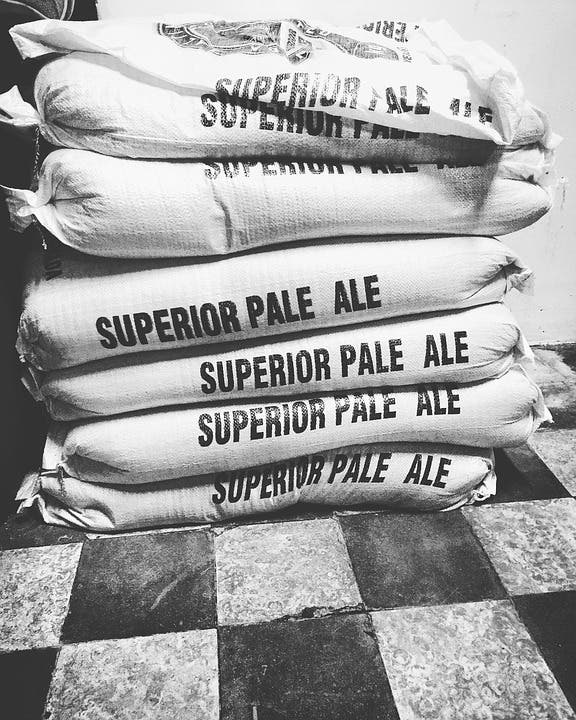A novel study into the historical origins of beer yeast finds that it likely emerged via an East-West transfer, probably through avenues such as the Silk Route.

The yeast fermenting your beer right now is a mixture of European grape wine and Asian rice wine strains, new research reports. The findings come from a study of the historical origins of brewer’s yeast — which is still poorly understood despite its economic significance — and points to the emergence of beer yeast from a historical East-West transfer of fermentation technology, similar to the transfer of domesticated plants and animals by way of the Silk Route.
An international product
“We conclude that modern beer strains are the product of a historical melting pot of fermentation technology,” the authors explain in the study’s abstract.
Pinpointing the origins of domesticated yeast is not an easy feat. Yeast has been taken along by humans on countless migrations (some recent, others ancient), which mixed its genes quite a lot, and in an unpredictable manner. It’s also made more difficult by a lack of genetic material. Archeologists and anthropologists draw on DNA to date and reconstruct many of the events they’re studying, but they can’t do that with yeast. We simply don’t have suitable samples of ancient fermented beverages from which to draw the microbes used in their production.
The team of the present study turned to beer yeast because one of its characteristics gave them a chance to work around these issues. Many strains of beer yeast are polyploid — the nuclei in their cells have more than two copies of their genome. The team hoped that this abundance of genetic material allowed different strains to remain isolated from other populations, effectively providing a living relic of their ancestors’ DNA.
In order to try and piece together the history of beer yeast, the team sequenced and compared the genomes of different beer yeast strains from around the world. These beer yeast strains formed four related groups, according to the team: two for ales, one for lager, and one which contained both beer and baking yeasts.
All groups showed a mixed ancestry of European grape wine and Asian rice wine strains, with some novel genes (not found in any other populations of yeast) peppered in. The origin of these final genes is still unclear, but judging by their number — they’re quite abundant — the team believes they may have originated in a now-extinct strain (or maybe a living population whose genome has yet to be sequenced).
Piecing together the exact history of the yeast — such as determining the order and likely timing of different events in its evolution — was beyond the team’s grasp, however. While the yeasts’ polyploid genome gave them a way to peer into its family tree, it’s by no means stable; it changes each time yeast cells divide. On the one hand, this makes is impossible for the team to reconstruct its evolution; on the other hand, the same process likely played an important part in the domestication of yeast and its subsequent specialization to various brewing styles.
That’s a good trade-off in my book.
The paper “A polyploid admixed origin of beer yeasts derived from European and Asian wine populations” has been published in the journal PLOS Biology.






